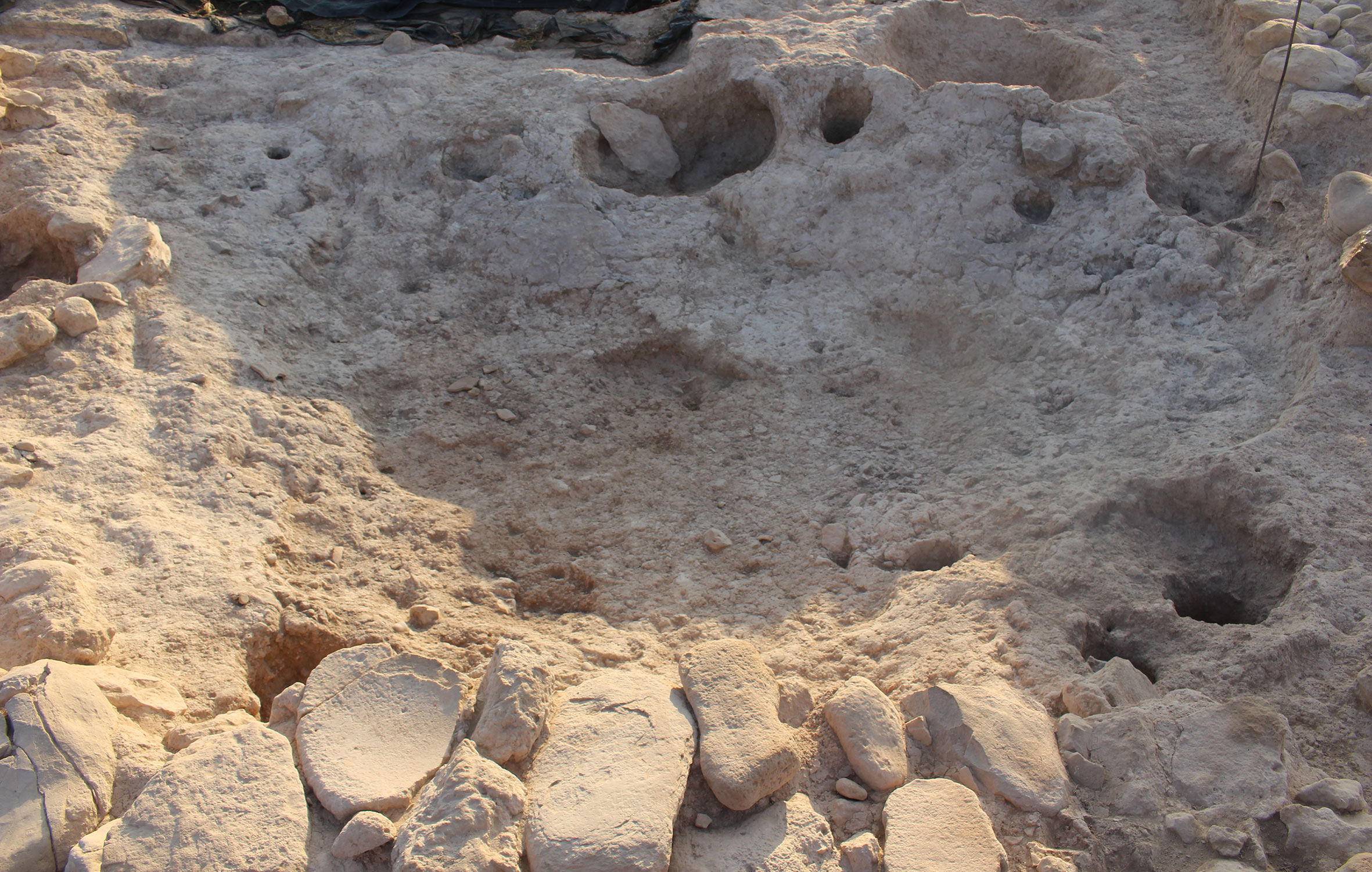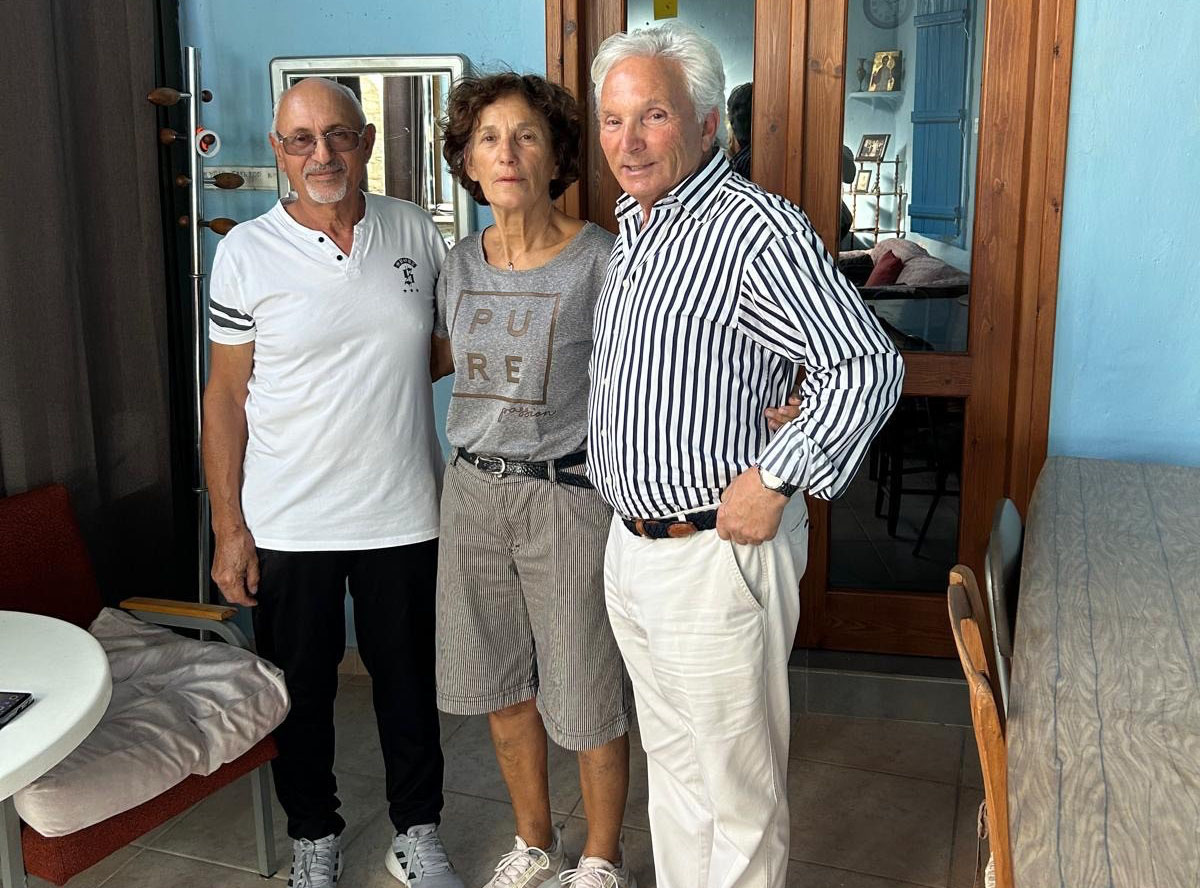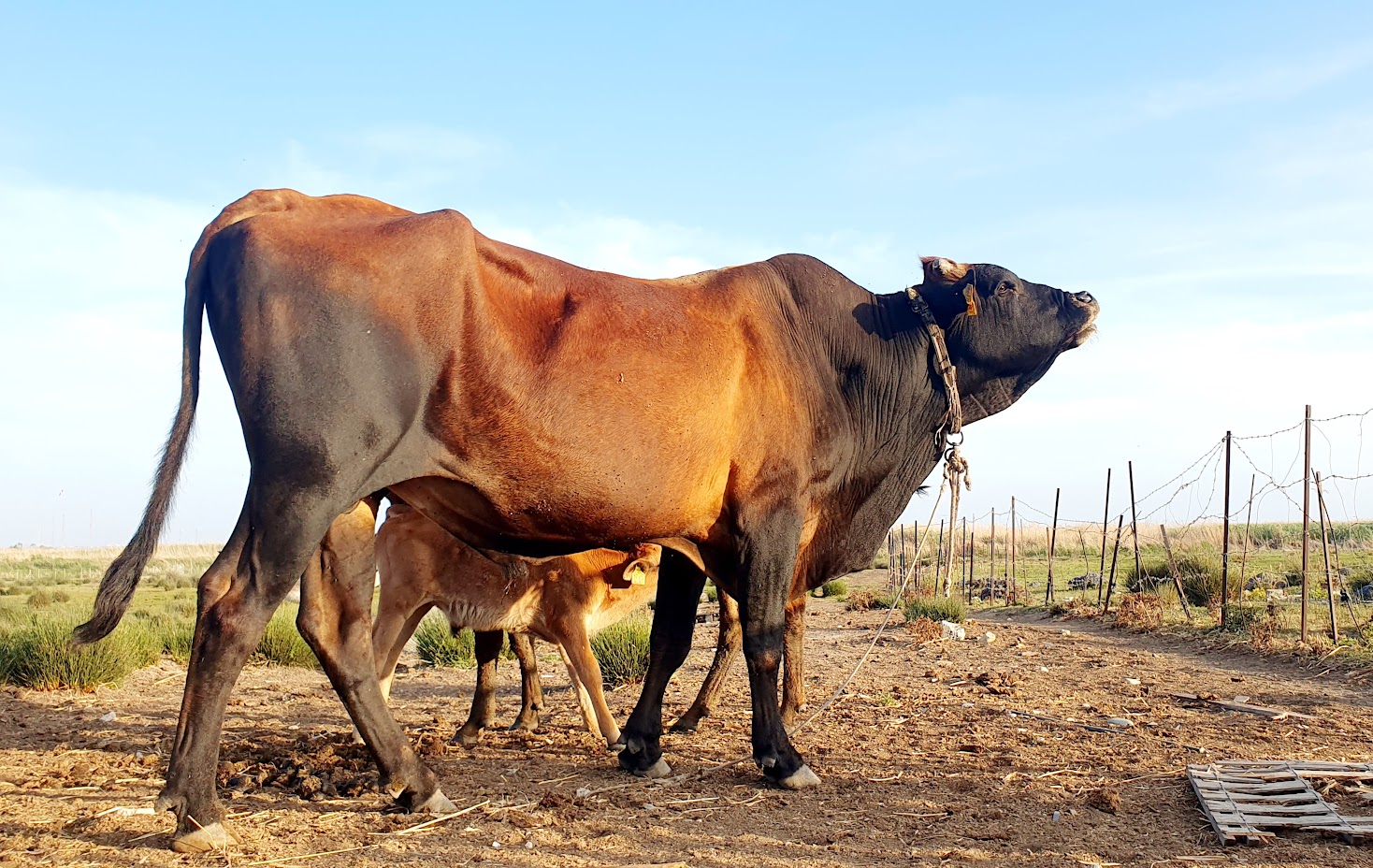Archaeologists have uncovered a Bronze Age settlement of artisanal character at the Kisonerga–Skalia site in Paphos, dating back to around 2500 BC.
The excavations, directed by Dr Lindy Crewe, director of the Cyprus American Archaeological Research Institute (Caari), reveal a flourishing settlement that remained active until its abandonment around 1600 BC.
According to the antiquities department, the site preserves remains spanning from the Chalcolithic period through to the Middle Bronze Age and appears to succeed the nearby Neolithic settlement of Kisonerga–Mosfilia.
The settlement’s abandonment coincides with the rise of larger communities elsewhere on the island, reflecting broader Mediterranean trends of the time.
Excavations have uncovered a major building complex constructed after earlier residential structures on the northern slope were demolished.
Research indicates that the settlement was founded around 2500 BC and underwent extensive redevelopment near the end of the Middle Bronze Age, around 1750 BC.
The skilled layering of materials and highly structured construction point to an organised artisanal economy and a community with notable social complexity.
Evidence shows the complex was used primarily for craft production rather than domestic living, with features such as large hearths, material-processing areas, and numerous storage vessels.
“The site provides a rare opportunity to study Bronze Age craft production in detail,” the antiquities department said, noting that the main building complex was abandoned shortly after it was built, leaving the remains largely undisturbed by later history.
The complex includes walls up to 1.2 metres thick, made of clay and plaster.
A standout feature of the site is the discovery of two ovens within an L-shaped courtyard.
Earlier excavations revealed a domed oven, while the latest work uncovered a much larger hemispherical oven, roughly twice the diameter of the first.
The oven contained stone tools, ceramic fragments, animal remains and was constructed from a mixture of mud and lime.
Systematic wet-sieving of its contents recovered traces of turpentine, suggesting that wheat and quail were dietary staples in the Early Bronze Age.
Excavation teams continue to study the complex in an effort to deepen understanding of the daily activities, craft techniques and dietary habits of its inhabitants, shedding new light on Cyprus’ early cultural and economic history.







Click here to change your cookie preferences